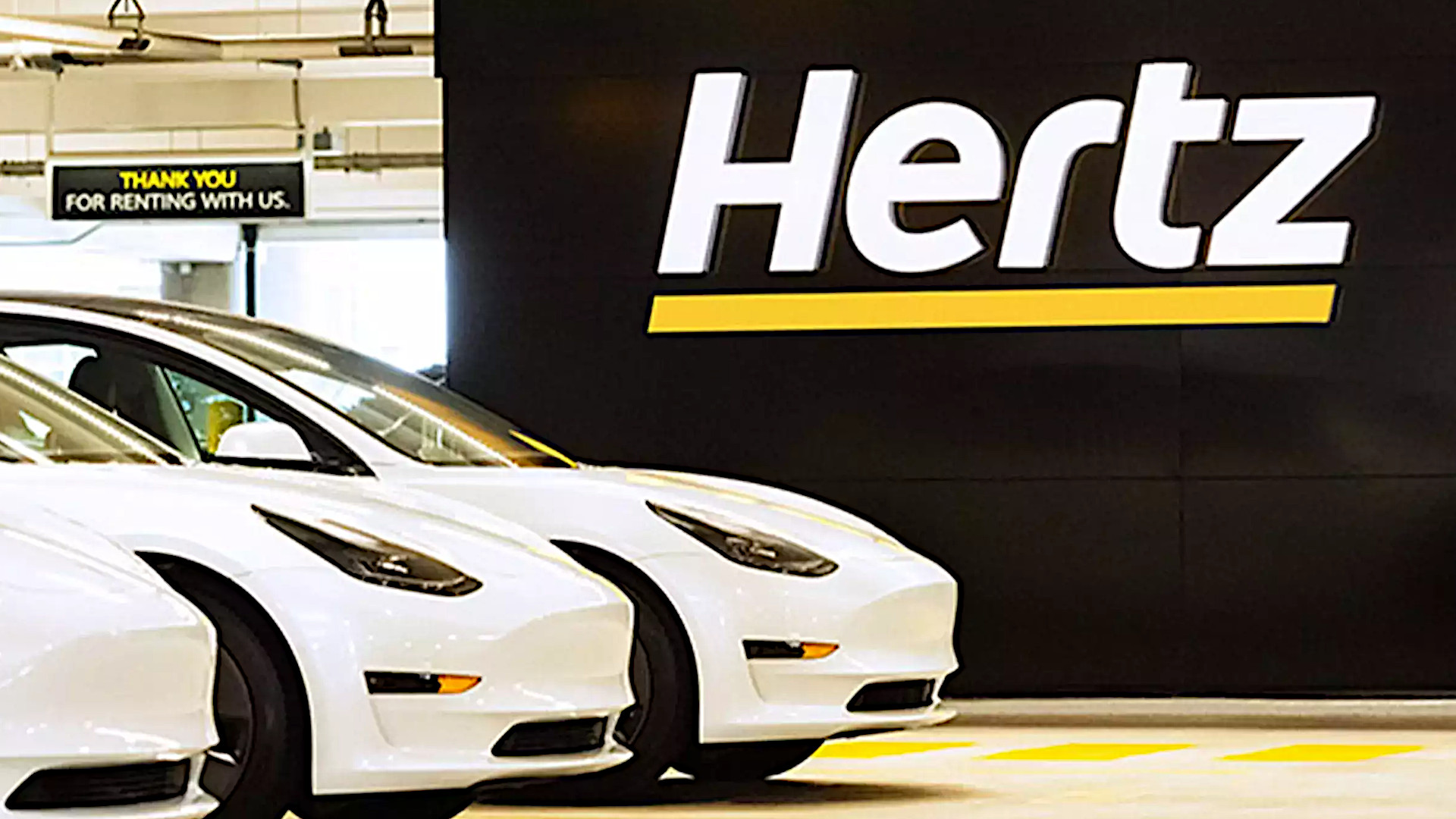

Hertz made waves earlier this week when it announced it would purchase 100,000 electric vehicles from Tesla. In what looks to be the largest order yet for electric vehicles, it looks set to drastically change the mix of the Hertz fleet. Fresh news from Uber has shed more light on the deal, too. In partnership with Hertz, Uber has announced that 50,000 Teslas will be available for rent by 2023, for rideshare drivers to use on the platform.
Uber is touting the deal as a boon to the environment. The company quotes research that says rideshare drivers save 3 to 4 times the emissions of a regular driver when they go electric, largely due to the greater mileage covered.
However, there’s a less rosy side to the announcement, just barely visible if you squint at the press release. The text notes that those who rent to drive for Uber are “often looking to offer rides for more hours and more miles than the average driver.” This is understandable, as drivers who rent their vehicle have to drive for hours to pay off their rental fee before they actually start seeing any money in their own pocket.
In the deal with Uber, Hertz will rent out Teslas for $334 a week, which will reportedly drop to “$299 or lower as the program gets underway.” Reports vary on how much Uber drivers earn, but an average value quoted by Talent.com is $18.60 an hour. That means that a rideshare driver earning at that rate would have to work at least 18 hours to cover their rental; only then the do they start making money. It also bears in mind that for drivers earning less than that figure, the calculation comes out significantly worse.
Obviously, rental drivers don’t have to cover costs like maintenance and registration, but the savings are small in comparison. There are incentives from Uber, too, such as $1 per trip for drivers of EVs, up to $4000 a year. Drivers that rent a Tesla will also have the benefit of saving of fuel. However, time spent recharging will eat into workable hours, and could be a significant detriment to potential earnings.
Drivers will naturally be able to use the Supercharger network as per regular Tesla owners. The program will initially roll out in Los Angeles, San Francisco, San Diego and Washington, D.C., before going national in following weeks. It’s presently unclear precisely which models will make up the fleet, though initial shipments received by Hertz will be of the Tesla Model 3.
Using EVs as rideshare cars comes with obvious environmental benefits, but drivers will have to question carefully whether the high cost of the rentals make business sense. Tesla, meanwhile, will likely appreciate the opportunity for their cars to reach a wider audience at no real cost to them.
Got a tip? Let us know: tips@thedrive.com